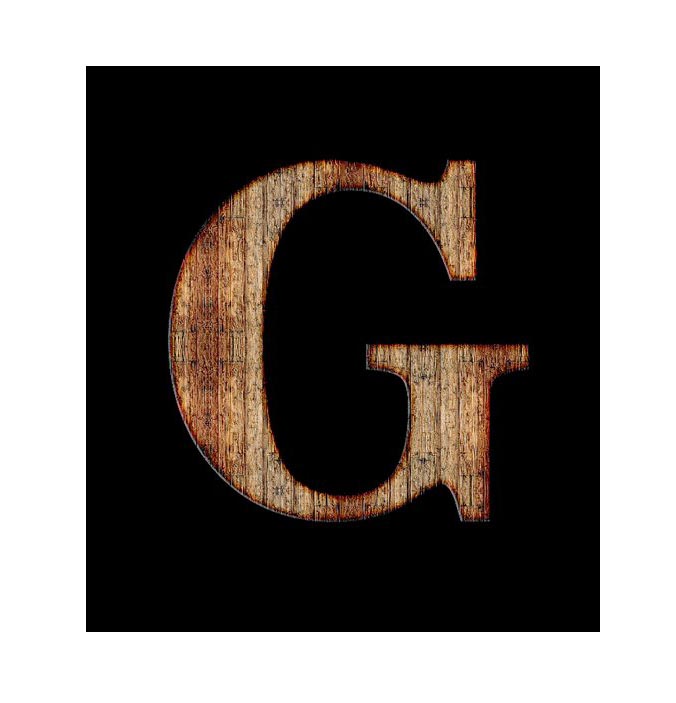Tax gaps: Improvement in the HMRC Tax Gap at 5.1%
Improvement in the HMRC Tax Gaps at 5.1%
The tax gap is estimated to be £32 billion, which is5.1%of total theoretical tax liabilities
Total theoretical tax liabilities for the year were £635 billion.
Main findings
Main findings for the tax year 2020 to 2021 are:
- the UK tax gap in 2020 to 2021 is estimated to be 5.1% of total theoretical tax liabilities (£32 billion), which means HMRC protected 94.9% of all tax due
- the tax gap reduced from 7.5% in the tax year 2005 to 2006 to 5.1% in 2020 to 2021 – remaining low and stable between the years 2017 to 2018 and 2020 to 2021
- the tax gap for Income Tax, National Insurance contributions and Capital Gains Tax (IT, NICs and CGT) is 3.5% in 2020 to 2021 at £12.7 billion – this is the biggest share of the total tax gap when viewed by type of tax (39.5%)
- the tax gap for VAT is 7% in 2020 to 2021 and is the second biggest share of the total tax gap at £9 billion (28.0%)
- the tax gap for VAT reduced from 14.1% in 2005 to 2006 to 7.0% in 2020 to 2021
- the tax gap for Corporation Tax reduced from 11.5% in 2005 to 2006 to 9.2% in 2020 to 2021, reaching a low of 6.5% in 2011 to 2012 and remaining stable since 2014 to 2015
- the tax gap for Excise Duty reduced from 8.3% in 2005 to 2006 to 7.2% in 2020 to 2021, reaching a low of 5.0% in 2011 to 2012 – the latest years show a stable trend since 2013 to 2014
These figures are uncertain and subject to revision. Uncertainty ratings and revisions for each component of the tax gap are available in each chapter. See details on the impact of revisions to the overall tax gap in the ‘Tax gaps: Summary’ chapter. There is additional uncertainty in tax gap estimates for 2020 to 2021 due to COVID-19 detailed in the ‘Tax gaps: Summary’ chapter.
The percentage tax gap for individual tax types may differ slightly from those in the separate published tax gap breakdowns. We use published receipts figures in this chapter, as liability figures are not available at the level required across all types of tax. Read the published receipts figures used in this chapter.
Background
What is the tax gap?
The tax gap is the difference between the amount of tax that should, in theory, be paid to HMRC, and the amount that is actually paid.
Why do we measure it?
The tax gap helps us understand the relative size and nature of non-compliance, as well as:
- informing HMRC’s strategy – thinking about the tax gap helps us understand how non-compliance occurs, how we can address the causes and ensure the tax system is flexible, resilient and responsive enough to keep pace with the rapid social, economic and technological change our customers are experiencing
- adding valuable insight into which strategies are most effective at reducing error and fraud and helping customers to get their tax and payments right first time
The tax gap also provides important information to the public on tax compliance, creating greater transparency in the tax system and helping HMRC to continue building public trust and fulfil our charter standards.
Why is there a tax gap?
There are a number of reasons for the tax gap. Some taxpayers make simple errors in calculating the tax that they owe, despite their best efforts, while others don’t take enough care when they submit their returns.
Legal interpretation, evasion, avoidance and criminal attacks on the tax system also contribute to the tax gap. It is impossible to collect every penny of tax that is owed – for example, we cannot collect outstanding tax from businesses that become insolvent.
How is it calculated?
The tax gap estimate has been produced by HMRC analysts, working in line with the values, principles and protocols set out in the Code of Practice for Statistics. We use internal and external data and a range of different analytical techniques, to produce annual estimates, which we revise as more accurate data becomes available.
These are our best estimates based on the information available, but there are many sources of uncertainty and potential error. For this reason, it is best to focus on the trend in the results rather than the absolute numbers when interpreting the findings. However, where possible, errors are shown using error margins or upper and lower bounds.
This publication excludes estimates of error and fraud in the COVID-19 support schemes.
Go directly to other pages in this report:
- 1. Tax gaps: Summary
- 2. Tax gaps: VAT
- 3. Tax gaps: Excise (including alcohol, tobacco and oils)
- 4. Tax gaps: Income Tax, National Insurance contributions and Capital Gains Tax
- 5. Tax gaps: Corporation Tax
- 6. Tax gaps: Other taxes
- 7. Tax gaps: Illustrative tax gap by behaviour
Complete the HMRC Measuring tax gaps 2022 user survey.

